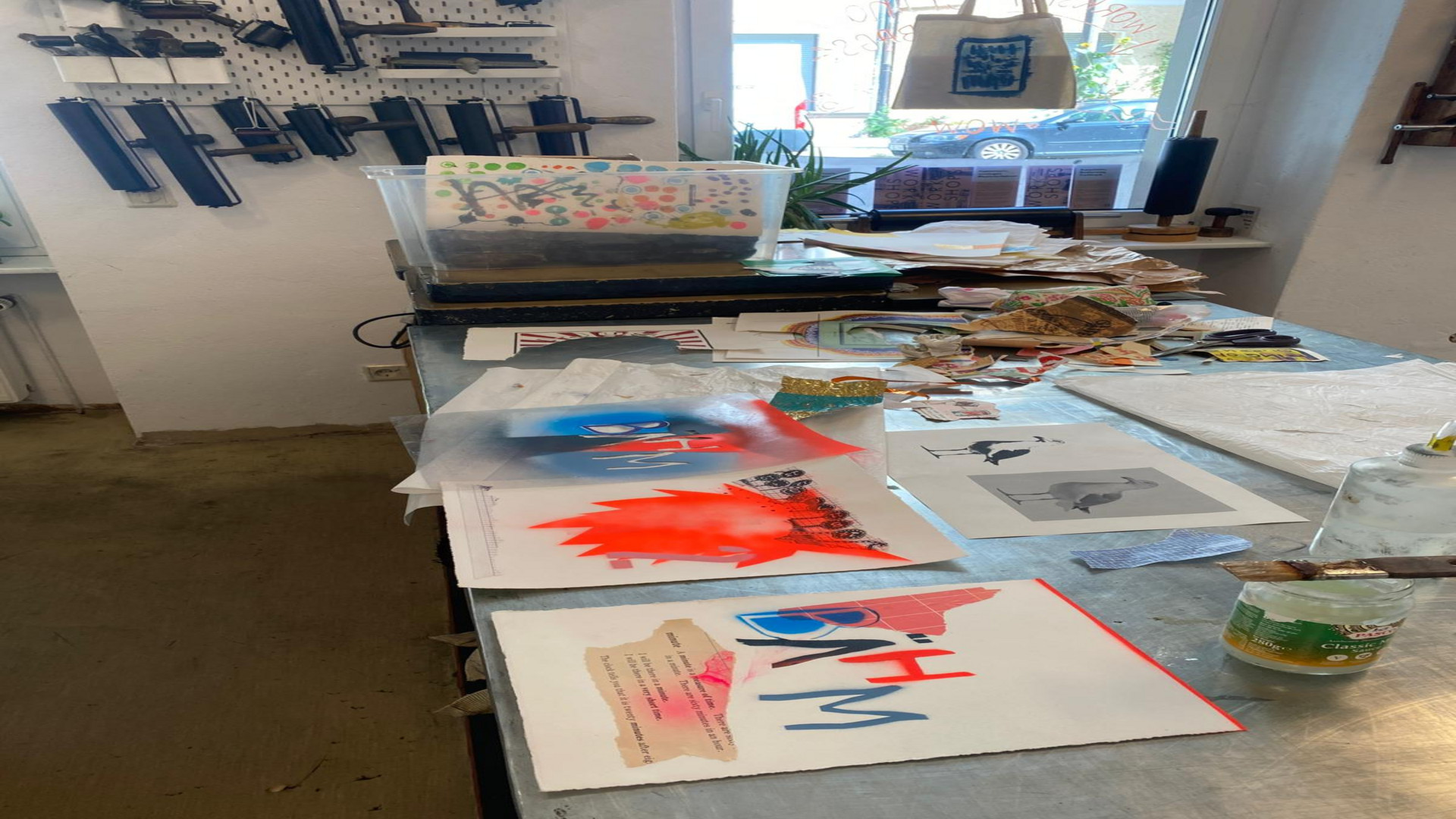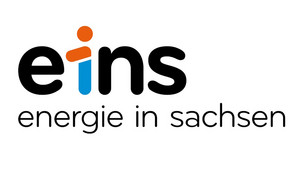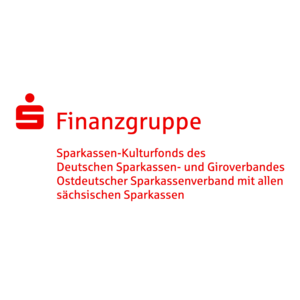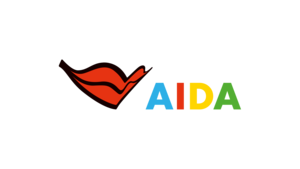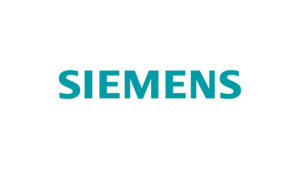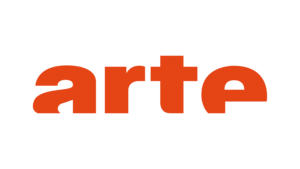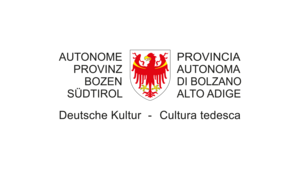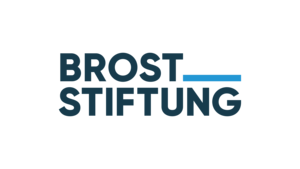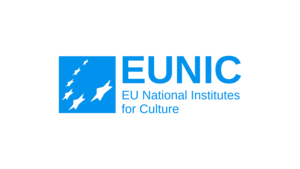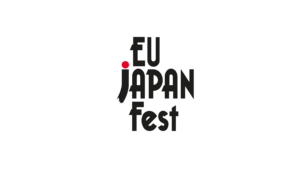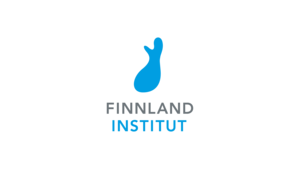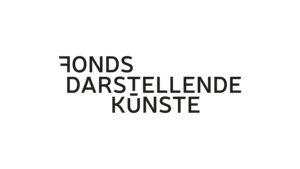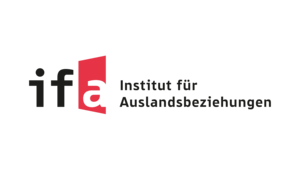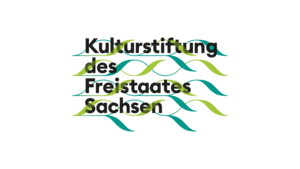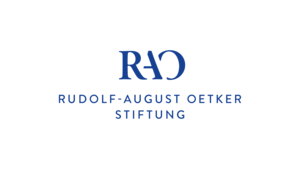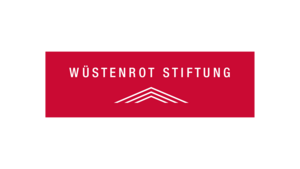Art materials from the graffiti area, Asian stamps and lots of fun are on the programme.
How does an artist begin to create an image? Is it possible to be spontaneously creative? These and many other questions will be answered on an artistic journey with Stefanie Neumann. Stefanie Neumann, born in Schleswig-Holstein, was educated at the renowned Muthesius University in Kiel and at the Slade School of Fine Art in London. She has received graphic design scholarships for Paris and has been honoured with awards in Japan.
Course description:
The morning will begin with playful drawing exercises to loosen up and unleash creativity. No previous experience is required - all you need is the courage to embark on a creative adventure. A variety of papers from different periods and qualities invite you to design your first printing papers. You will make your own rice glue and a wide variety of art materials will be used throughout the day.
After the lunch break, spray stencils are cut and the pictures are extended with sprayed areas. Number and letter stencils are used and the correct handling of spray cans is learnt. From the right cap to the right distance to the picture - the technique of spray art is learnt here. Cool pens such as the Squeezemaker from the graffiti sector expand the artistic possibilities. We also experiment with rollerballs and broad pen tips. Those who want to try out even more new things will have the opportunity to use roller stamps, Indian wooden stamps and metal letters from letterpress printing to add further accents to the paper.
At the end of the workshop, participants can marvel at their own work and take it home with them. In a final round, the participants report on their personal discoveries and happy coincidences during the course.
Suitable for people aged 14 and over.
The workshop is part of the event series "333 Hours Workshop of Wonders", a project within the framework of the European Capital of Culture Chemnitz 2025. This measure is co-financed by tax funds on the basis of the budget adopted by the Saxon State Parliament and by federal funds from the Federal Government Commissioner for Culture and the Media as well as funds from the City of Chemnitz.




